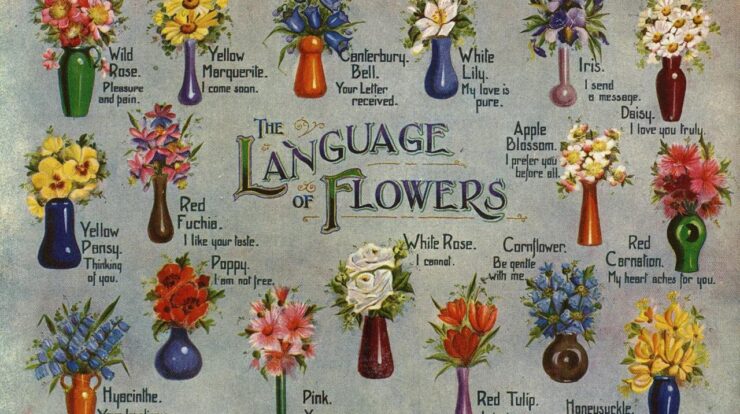
Delving into the enigmatic world of sheet language meaning, we embark on a journey to uncover its origins, diverse definitions, and profound cultural significance. From its historical roots to contemporary usage, sheet language holds a captivating allure that invites exploration.
The term “sheet language” has been employed across cultures and time periods, carrying a multitude of meanings and interpretations. Whether literal or figurative, sheet language has played a pivotal role in shaping cultural practices, literary works, and even modern-day communication.
Definitions and Meanings
The term “sheet language” refers to a form of communication that uses sheets or other flat surfaces as a medium. It encompasses various practices and meanings across different cultures and time periods.
Etymology and Origins
The origin of the term “sheet language” is unclear. Some sources suggest it derives from the ancient Greek word “schisma,” meaning “split” or “divided,” referring to the division of a sheet into smaller pieces for communication.
Definitions from Different Sources
- The Oxford English Dictionary defines “sheet language” as “a language or code used in writing on sheets of paper, often for secret communication.”
- The Merriam-Webster Dictionary defines it as “a system of communication using sheets of paper or other flat surfaces, especially for secret messages.”
- The American Heritage Dictionary defines it as “a code or cipher written on sheets of paper or other flat surfaces.”
Literal and Figurative Meanings
The literal meaning of “sheet language” refers to the physical use of sheets or flat surfaces for communication. Figuratively, it can symbolize secrecy, hidden messages, or alternative forms of communication.
Historical Context
Early Usage
The earliest known use of “sheet language” dates back to ancient Egypt, where hieroglyphics were inscribed on papyrus sheets for communication.
Medieval and Renaissance Periods
During the medieval and Renaissance periods, “sheet language” was often used for secret communication. Parchment or paper sheets were folded or cut into specific shapes to convey messages.
19th and 20th Centuries
In the 19th and 20th centuries, “sheet language” was used by spies and military personnel for encrypted communication during wartime.
Cultural Significance

Native American Cultures
In some Native American cultures, “sheet language” is used for spiritual and ceremonial purposes. Sheets or animal skins are painted with symbols or pictographs to represent stories or messages.
African Cultures
In certain African cultures, “sheet language” is associated with divination and spiritual practices. Sheets or cloth are used to create intricate patterns or symbols that are interpreted as messages from spirits.
Asian Cultures
In East Asian cultures, “sheet language” has been used for centuries in the form of paper folding or origami. Origami patterns can convey messages, stories, or cultural traditions.
Literary Analysis: Sheet Language Meaning
“The Catcher in the Rye” by J.D. Salinger
In J.D. Salinger’s novel “The Catcher in the Rye,” the protagonist Holden Caulfield uses “sheet language” in the form of graffiti to express his alienation and frustration with society.
“The Name of the Rose” by Umberto Eco, Sheet language meaning
Umberto Eco’s novel “The Name of the Rose” features a secret “sheet language” used by medieval monks to conceal forbidden knowledge.
“The Da Vinci Code” by Dan Brown
In Dan Brown’s novel “The Da Vinci Code,” “sheet language” is used to decipher a cryptic message hidden in Leonardo da Vinci’s artwork.
Contemporary Usage
Espionage and Intelligence
Today, “sheet language” continues to be used in espionage and intelligence operations for secure communication.
Art and Performance
In the realm of art and performance, “sheet language” is used in installations, sculptures, and interactive works that explore communication, secrecy, and the ephemeral nature of language.
Social Media and Technology
In the digital age, “sheet language” has taken on new forms, such as emojis, GIFs, and memes, which are used to convey emotions, ideas, and cultural references in online communication.
Last Word
In conclusion, sheet language meaning is a multifaceted tapestry woven from historical, cultural, and linguistic threads. Its enduring presence in literature, art, and everyday discourse underscores its significance as a vehicle for expression, connection, and cultural understanding. As we continue to unravel its complexities, sheet language promises to captivate and inspire generations to come.
Query Resolution
What is the origin of the term “sheet language”?
The term “sheet language” has its roots in the ancient practice of using sheets of paper or cloth to convey messages or record events.
How has the meaning of “sheet language” evolved over time?
Over time, the meaning of “sheet language” has expanded to encompass a broader range of communication methods, including written text, sign language, and even body language.
What is the cultural significance of “sheet language”?
In many cultures, sheet language has played a crucial role in religious rituals, legal proceedings, and artistic expression.